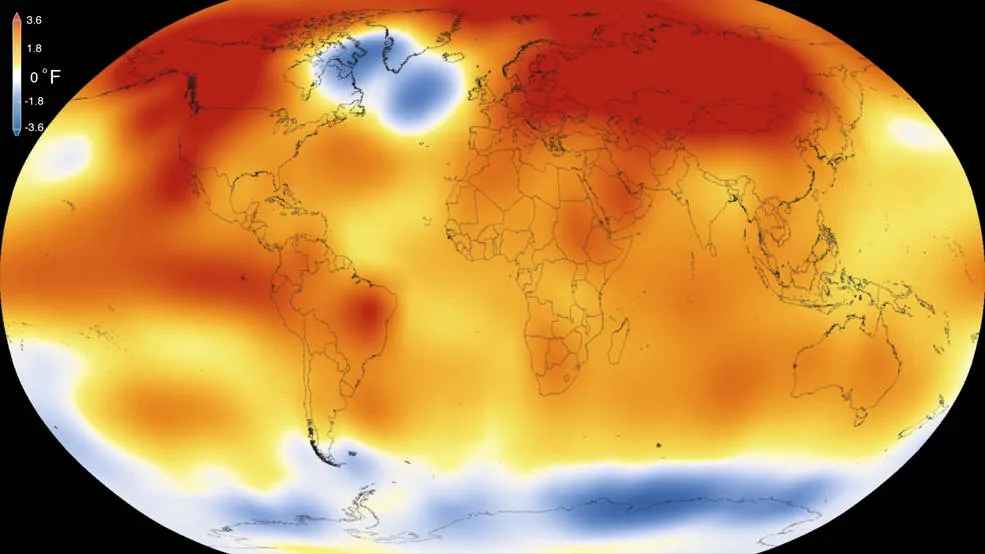
Global warming due to increasing atmospheric CO2 levels is said to raise temperatures particularly in the polar regions. Northern Europe is quite close to the North Pole as the northern half of Europe lies between about the 50th and the 70th northern latitudes. The region is, however, considerably warmer than any other area at similar latitudes in Asia or North America. Even the southern tip of South America at about the 55th southern parallel is much cooler than Northern England, for example. The difference between the annual average temperatures of Manchester, England, and Punta Arenas, Chile, is almost four degrees Celsius with Manchester having the warmer climate. Both are within equal distance from the nearest pole at the 53rd northern and the 53rd southern latitudes, respectively.
The Scandinavian peninsula, Denmark and Finland are forested, save for a small area in the far north, and able to support agriculture productive enough to feed about 25 million people thanks to the North Atlantic Current, often called the Gulf Stream. The North Atlantic current is part of a global system of ocean currents transporting massive quantities of heat from the tropics to the polar regions. The current flows through the Caribbian and continues bypassing the East Coast of North America on its way toward the Northeast crossing the Atlantic where it meets Western Europe, continuing toward the polar region. When it cools down in the northern part of the North Atlantic, being relatively heavy salty water, it sinks below the surface and flows back to the south. The warming climate of the polar regions has caused such quantities of fresh water from glaciers to flow into the ocean that there are signs of the North Atlantic current sinking too soon, thus causing less heat from being transported to Northern Europe. There is actually very large anomalous cold surface water area in the North Atlantic as you can see in the picture above.
From a local Northern European point of view, the slowing down of the North Atlantic thermohaline circulation (= heat and salt driven circulation) could balance the overall warming of the atmosphere but that would be a problem for the tropical areas currently benefiting from being cooled down by the circulation. We're playing dangerous games with the climate.
P.S.
It would be more responsible to favour energy efficient Proof-of-Stake currencies, or those that do something useful with the computing power such as Gridcoin with its Proof-of-Research, or use carbon neutral nuclear power to run the nodes.